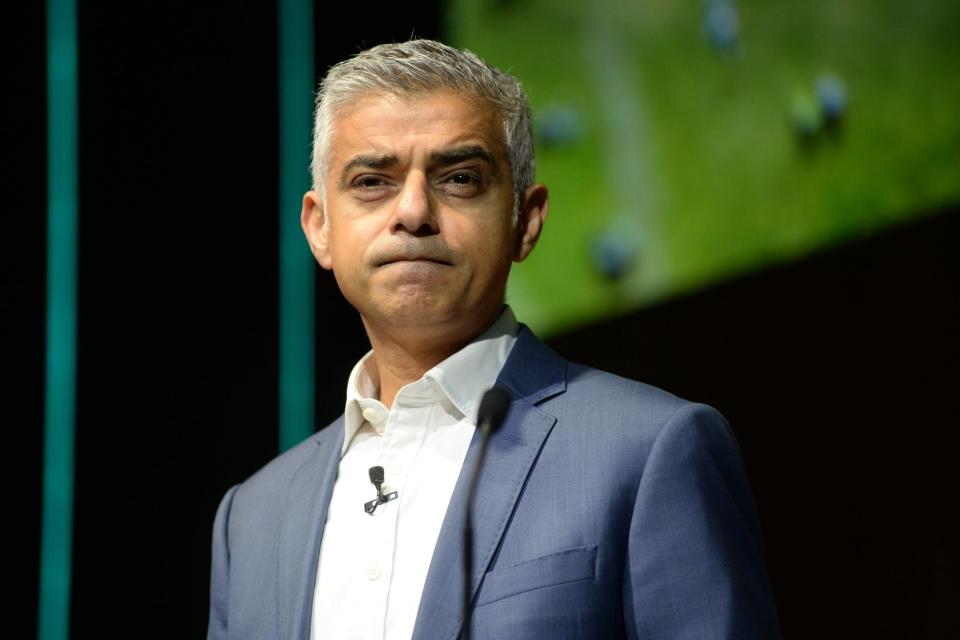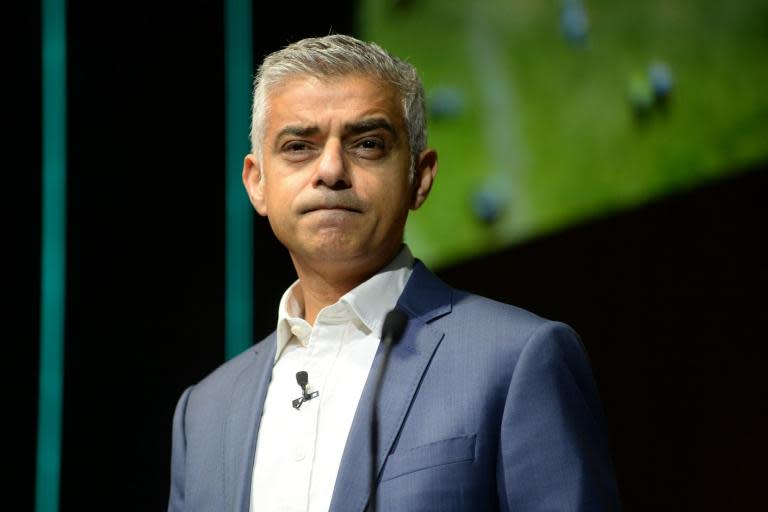Sadiq Khan under fire as figures show he's at risk of missing homes target
Sadiq Khan today faced heavy criticism over his record on housing after it was revealed that work had begun on only 6,000 affordable homes since last spring.
The total — equivalent to an average of 184 new houses and flats per London local authority — leaves the Mayor at risk of missing his target of 14,000 affordable homes for the financial year to April.
Any shortfall would be deeply embarrassing for a Mayor who pledged to make housing his “first priority” in his election manifesto and who faces the voters again in little more than a year.
The new London Plan calls for 65,000 new homes a year to be built in London — with half to be classed as affordable.
But the Greater London Authority figures, quietly slipped out last week, show work started on 6,066 affordable homes funded by the GLA in the nine months to December with none in Richmond, just one in Havering and Merton, only three in Harrow and seven in Hillingdon.
Sian Berry, Green party candidate for the next Mayoral elections and chair of the GLA housing committee, said: “It’s all so slow. By now you would expect to be seeing a step change at every quarter. But he’s not even going to do the same as last year at this rate. He’s had three years. We’re now in that part of the mayoralty where we start to judge him and the numbers are nowhere near good enough.”
Andrew Boff, London Assembly housing spokesman for the Conservatives, said: “These are yet another set of deeply disappointing housing statistics which demonstrate that the Mayor is simply failing to get London building.
“Due to this Mayor’s failure to get a grip on the housing crisis, home ownership is becoming even more of an impossible dream for millions of Londoners”.
The figures also reveal that only 310 homes in the cheapest category of affordable housing — those available for social rent — were completed across London in the nine months to December, barely more than one a day.
In 13 boroughs with a combined population of 3.2 million people not a single home for social rent or London Affordable Rent was finished despite the £4.82 billion that has been received from central Government since 2016.
They include Islington where Mr Khan’s deputy mayor for housing, James Murray, was a cabinet member for six years. The slow pace of building social homes means that the total number in London has barely changed since 2012 and actually fell in 2017 because more were demolished than built. There are currently 232,000 families on the housing waiting lists of London councils.
Simon Elmer, co-director of Architects for Social Housing, said: “By any measure this is an abject failure to deliver the housing Londoners can afford to buy or rent.”
Polly Neate, chief executive of Shelter, said: “The capital is feeling the full force of our housing emergency, with tens of thousands homeless and millions trapped in cripplingly expensive and unstable private renting. At the root of this is a chronic lack of social homes.”
Social rents are capped at £150.03 a week for a one-bedroom flat up to £194.13 for six or more bedrooms. The Mayor announced last November he would allocate £1 billion to 26 councils to build 11,000 council homes at social rent levels over the next four years. In total he has pledged to start 116,000 affordable homes by March 2022, a target that officials say he is “on track” to hit.
The Mayor defended his record on LBC radio last week when a caller tackled him over the low number of completions.
He said: “The progress we’ve made is record number of starts on genuinely affordable homes, record number of starts on social rent. The criticisms from members of the Tory party is we’re not doing more. Well, I would do more if the Government gave us more grant and if we didn’t have the uncertainty of Brexit leading to developers pausing starting new homes.”
A spokesman for Mr Khan said: “The Mayor surpassed his housing target last year — starting more social and affordable homes than ever before — and is firmly on track to hit the even higher target this year. Quarterly numbers increase towards the end of the financial period in all housing programmes.”

 Yahoo News
Yahoo News 

